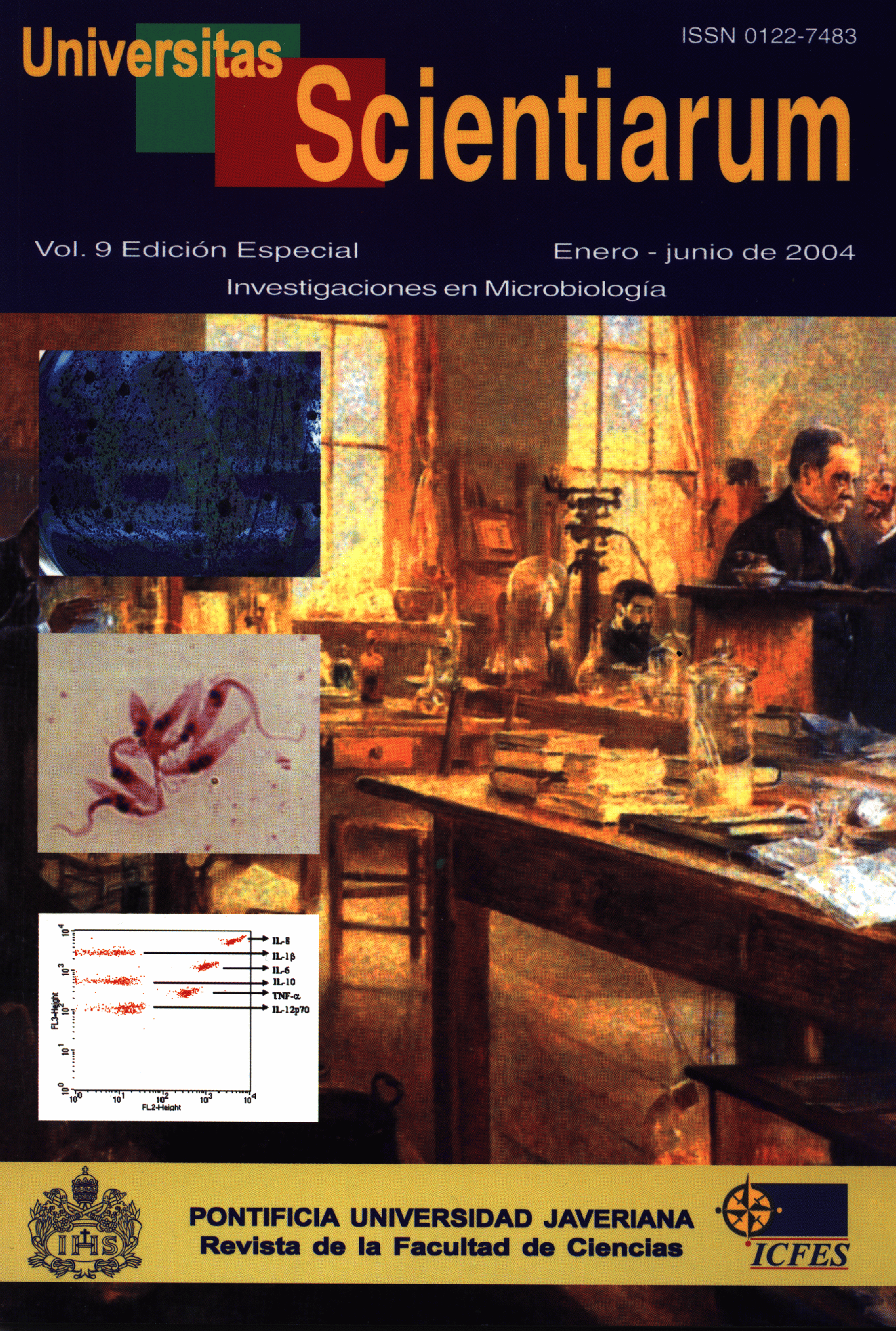Abstract
The actions made by health institutions in the prevention and control of dental caries have not been enough to achieve an important reduction of this disease. At the present moment, the microbiological control or replacement therapy applied for the prevention of the infectious diseases is just a hypothetical possibility. However, it is important to study and analyze the real value that this strategie can have in the future as a way to control dental problems, specifically dental caries. This therapeutical possibility acquires more importance with the awareness that preventive measures taken at the present time don’t have the expected impact. The goal of this article is to present an analysis of the researches made in the search, improvement and application of Streptococcus mutans strains in the microbiological control on S. mutans native strains and thus, the prevention of dental caries. In the history of the studies made in microbiological control, the works made by Hillman et al with of S. mutans mutant strains, JH1001, JH1005, JH1140 and BCS3-L1 were distinguished. In this group of strains, the genetic stability and also the capacity to colonize and stay on the oral cavity and other important characteristics of its use on microbiological control were evaluated. The advances obtained in these works in conjunction with the availability of more efficient techniques of genetic engineering allow to think that the achievement of the perfect strain for prevention of dental caries is closer.Univ. Sci. is registered under a Creative Commons Attribution 4.0 International Public License. Thus, this work may be reproduced, distributed, and publicly shared in digital format, as long as the names of the authors and Pontificia Universidad Javeriana are acknowledged. Others are allowed to quote, adapt, transform, auto-archive, republish, and create based on this material, for any purpose (even commercial ones), provided the authorship is duly acknowledged, a link to the original work is provided, and it is specified if changes have been made. Pontificia Universidad Javeriana does not hold the rights of published works and the authors are solely responsible for the contents of their works; they keep the moral, intellectual, privacy, and publicity rights. Approving the intervention of the work (review, copy-editing, translation, layout) and the following outreach, are granted through an use license and not through an assignment of rights. This means the journal and Pontificia Universidad Javeriana cannot be held responsible for any ethical malpractice by the authors. As a consequence of the protection granted by the use license, the journal is not required to publish recantations or modify information already published, unless the errata stems from the editorial management process. Publishing contents in this journal does not generate royalties for contributors.



